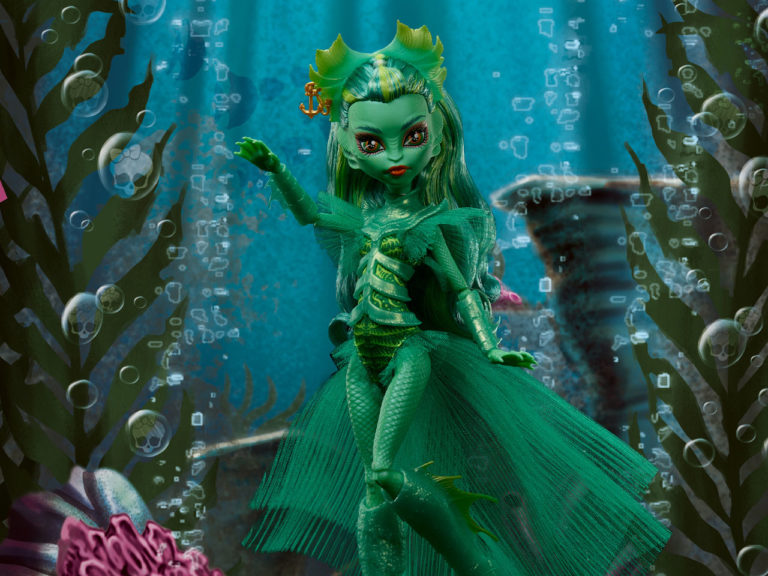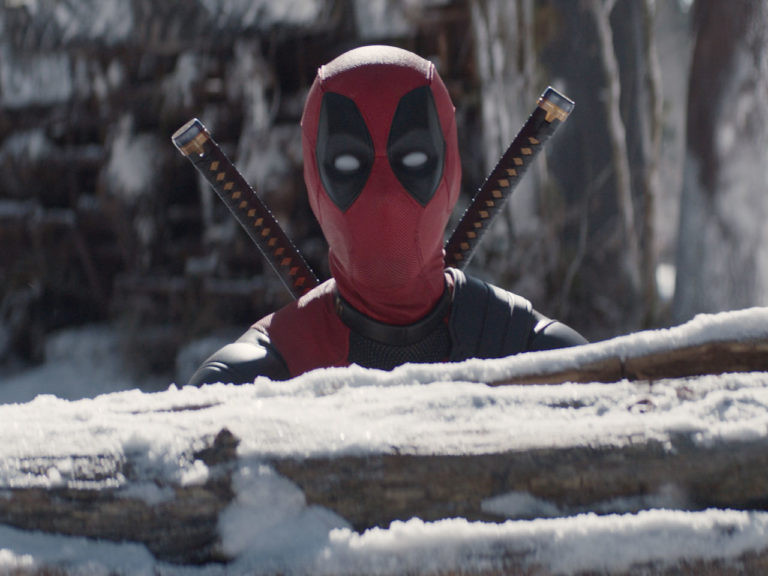

It’s time for DC’s baldest baddies to get more intimate than they ever have before. It’s not as gross as you’re imagining right now, but it’s at least twelve levels more invasive. Brainiac and Luthor face off as only they can, in Justice League #18.
The story prevails
Justice League is in an interesting spot right now. The story started by Scott Snyder is blossoming into something more detailed—and dare I say, even more compelling—than I had imagined, but the execution has been lacking. I know some of you disagree with that, but for me, Justice League under the hand of James Tynion is not nearly as good as it is with Snyder, and I’ve been struggling against that a lot. Other than a brief reemergence for #17, Snyder has all-but-ceded the wheel to his protégé, and I just don’t trust him to steer it well.
That said, most of Tynion’s work has benefited immensely from the story Snyder’s given him to tell. So even when I’m struggling through the dialogue (or just the sheer amount of dialogue), there’s enough meat in the narrative that I find myself motivated to press on. I thought the Annual at the end of January—Tynion’s most recent issue before today’s—was his worst, however, and I was worried when I saw his name on the cover of Justice League #18. To my great relief, the story wins once again, and Mr. Tynion even manages to produce some dialogue here and there that I can not only tolerate, but actually enjoy.
It moves
I think the biggest reason this issue works is that it keeps moving. Sure, it’s mostly a Lex-narrated trip through scenes of the past; but we see a larger narrative unfolding, and we get some welcome illumination added to the backstory for Snyder’s grand tale.
I also like the way Luthor decides to take on Brainiac. I don’t think it’s a spoiler to say that the two deal treacherously with one another; but their path to common ground—particularly the last leg of it—is a satisfying turn. It squares with what we know of these characters, but I think it also expands them—something that a character like Brainiac doesn’t necessarily need, but which I nevertheless find compelling here.
Distinct does not always mean good
The artwork this time comes from Pasqual Ferry and Hi-Fi. Hi-Fi’s colors are high-quality as always, and I think his approach is particularly well-suited to Ferry’s aesthetic. Ferry, though…I think I enjoy a lot of what I’m seeing, and his stuff is distinct enough to be memorable; but there are some very weird artifacts, and some confusing storytelling, that take me out of the story. There’s one moment where a man’s hands are touching, but one is decidedly more enormous than the other, and a few other odd anatomical distortions. But the worst is when I don’t know what the heck is going on, like right here:

What the heck is Brainiac doing in that bottom panel? Why is he doing it? What the heck? Is he throwing a tantrum? Does his glass-shattering lay-down maneuver correspond more with his first word balloon or his second? I don’t know either.
That’s some cover, though
I rarely comment on the cover when reviewing books. Yes, it’s part of the experience, but I’ve never once had my enjoyment of a book significantly aided or hindered by a cover. Plain and simple. But I do appreciate good cover art, and I’m especially happy when the cover actually pertains to the story I’m reading. Francis Manapul’s cover is, as expected, a treat to the eyes; but it’s also a nice elaboration on some of the themes in this issue.
Recommended if…
- You were super-interested to see Brainiac return to the fray in the Annual, and you’re wondering how that’s working out for the Legion of Doom.
- You don’t mind some of Tynion’s awkward dialogue if the story is on point (it is).
Overall
These Legion of Doom issues are character studies, and they are usually pretty interesting ones at that. Justice League #18 is no exception, and while it has its warts, I think it’s my favorite issue by James Tynion since he teamed up with Guillem March to put the spotlight on Joker. Ferry and Hi-fi create a distinct aesthetic, and the storytelling works for the most part—even if Ferry drops the ball from time to time. This is a solidly enjoyable read.
SCORE: 7/10


